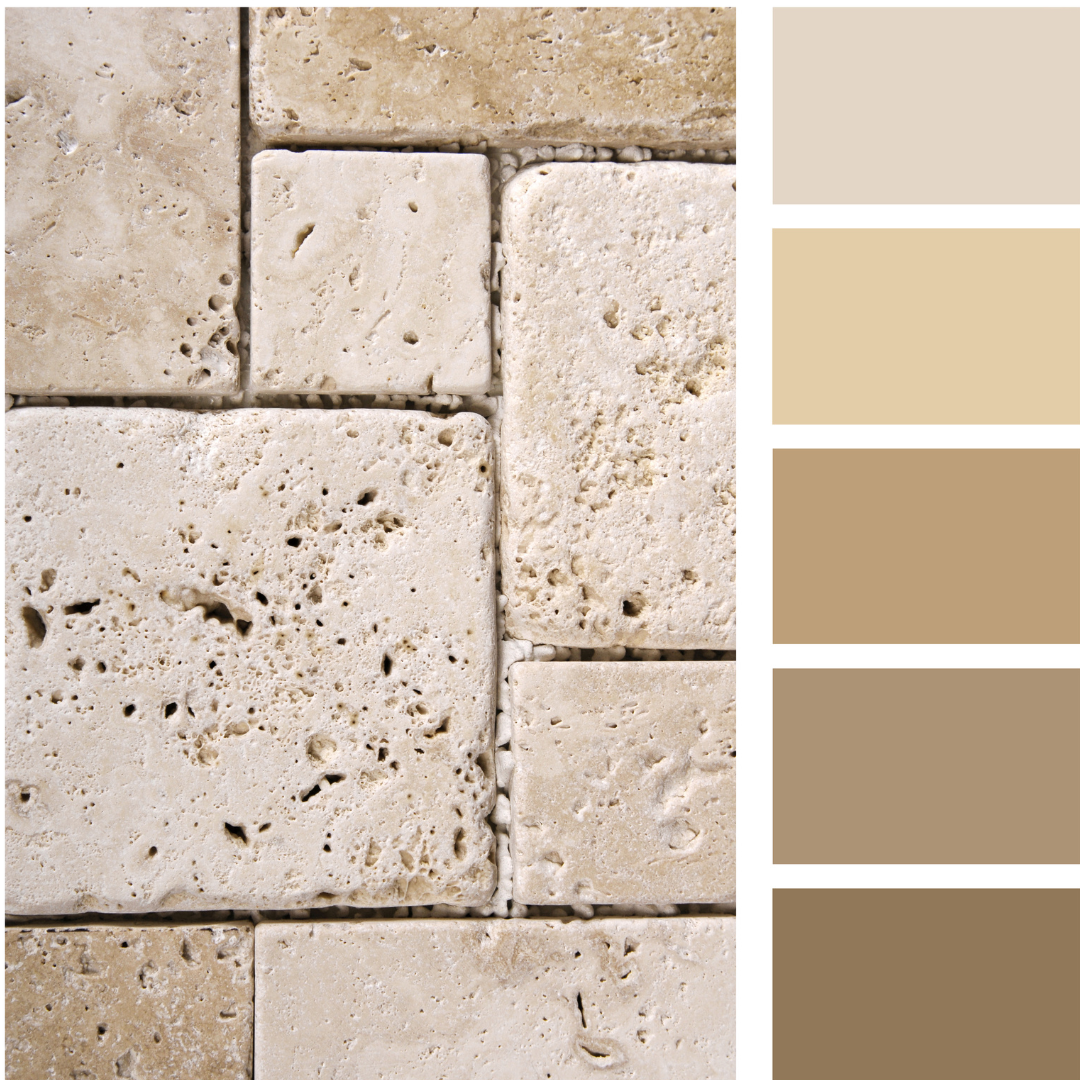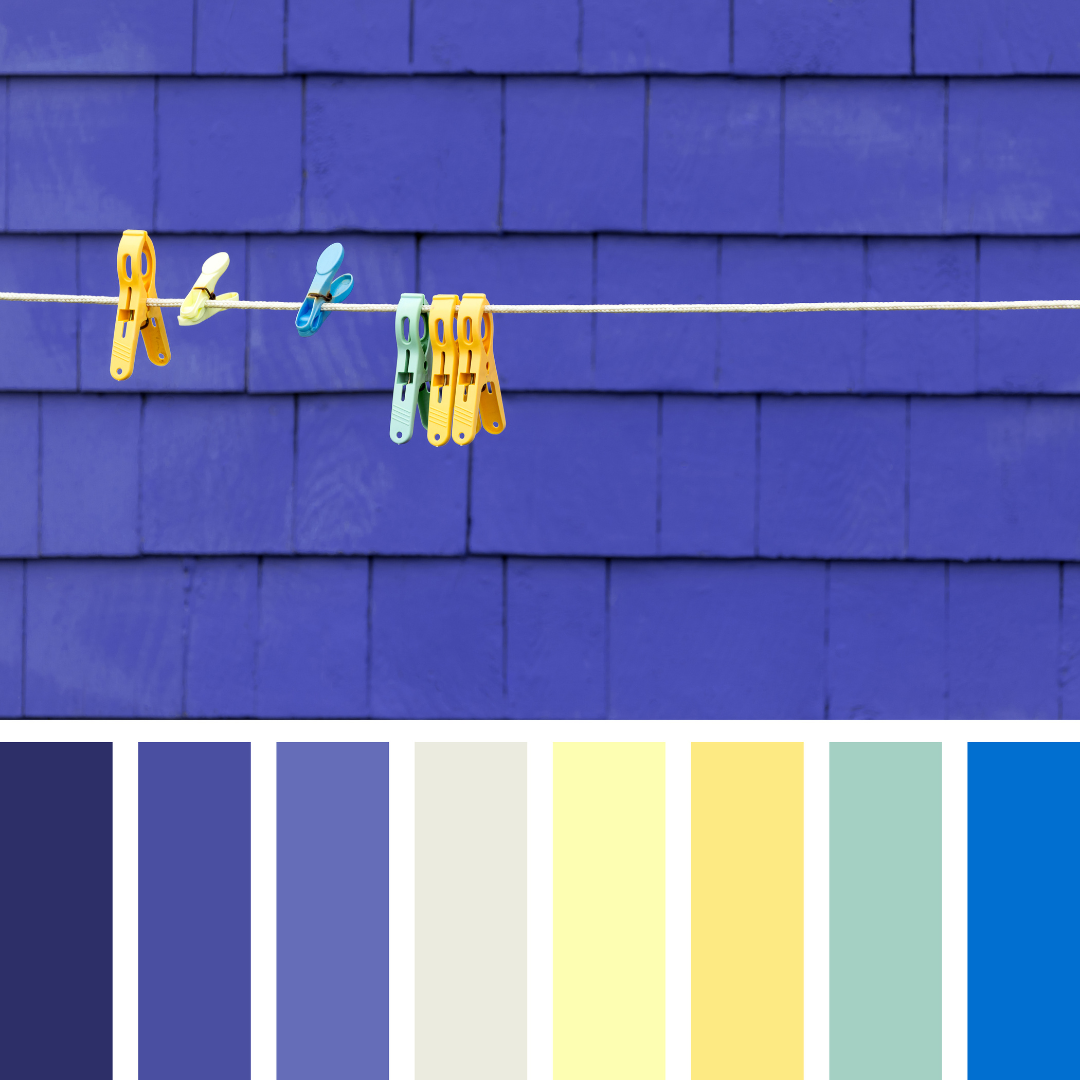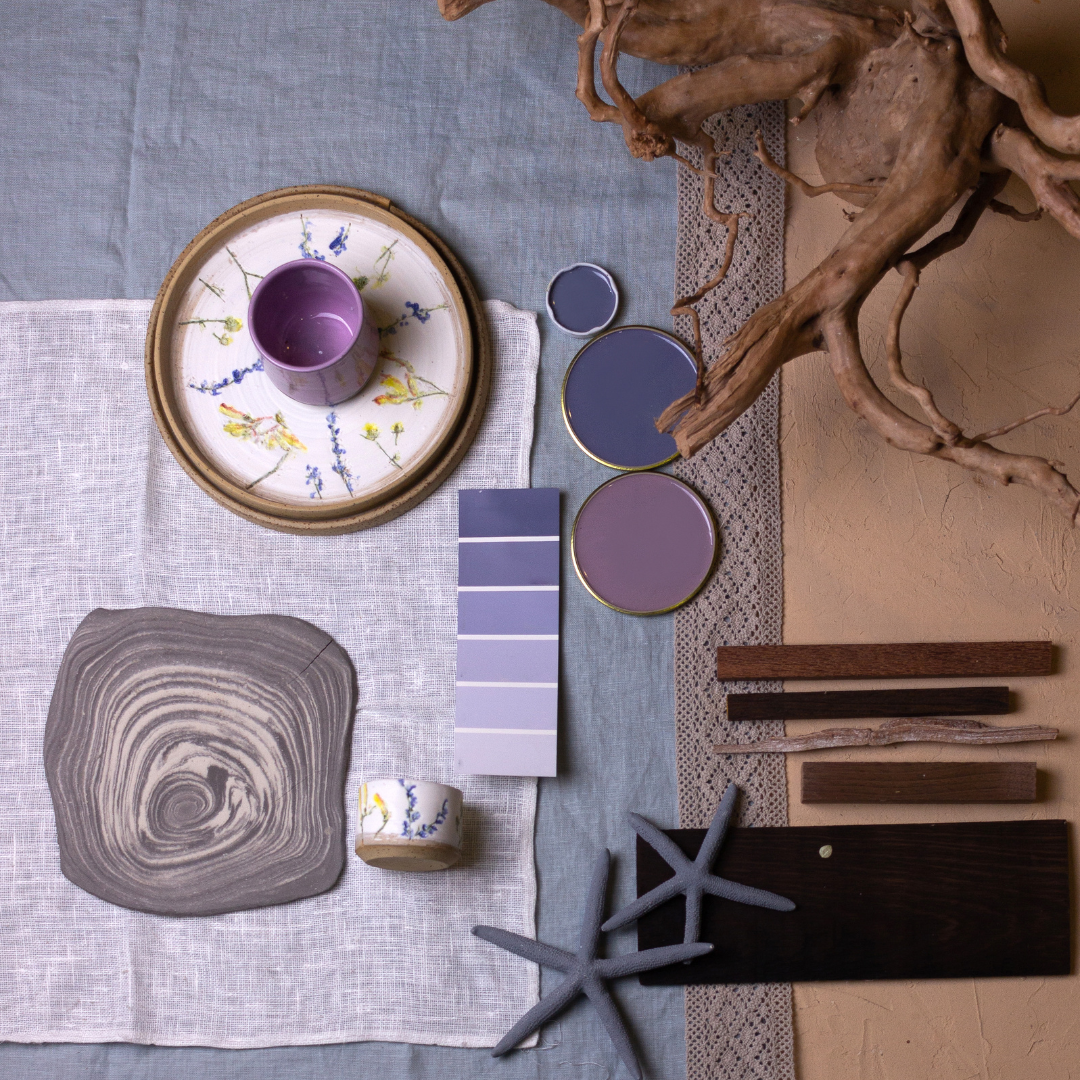From Theory to Practice: Achieving the Perfect Color for Your Home
Posted by CF Style Team on on Mar 14th 2024
Color holds the power to transform spaces, evoke emotions, and create harmonious environments. Building upon the foundational knowledge of color theory, this blog post delves deeper into the intricacies of utilizing color to elevate your interior design projects. From selecting the perfect color scheme to implementing it effectively, let's explore the key principles and practical tips for mastering color harmony in your home.
Understanding Color Relationships
Color harmony is achieved through the careful arrangement of colors to create a visually pleasing composition. To achieve this, it's essential to understand the relationships between different colors and how they interact. The color wheel serves as a valuable tool for visualizing these relationships, with primary, secondary, and tertiary colors arranged in a circular format.

Exploring Color Schemes
Color schemes are pre-defined combinations of colors that work well together to create a harmonious look. Understanding the various color schemes and their characteristics can help you make informed decisions when selecting colors for your space.
- Monochromatic: Utilizes variations of a single color, creating a cohesive and elegant aesthetic.
- Analogous: Combines colors that are adjacent to each other on the color wheel, offering a harmonious and serene vibe.
- Complementary: Features colors that are opposite each other on the color wheel, creating a dynamic and vibrant contrast.
- Triadic: Utilizes three colors that are evenly spaced on the color wheel, resulting in a balanced and lively combination.
By choosing a color scheme that aligns with your design goals and preferences, you can create a cohesive and visually appealing space.

Balancing Warm and Cool Tones
Another crucial aspect of achieving color harmony is balancing warm and cool tones within a space. Warm colors, such as reds, oranges, and yellows, can add energy and warmth to a room, while cool colors, like blues, greens, and purples, promote a sense of calmness and tranquility. By carefully balancing these tones, you can create a well-rounded and inviting atmosphere that suits your desired ambiance.

Considering Light and Space
Lighting conditions and spatial dimensions play significant roles in how colors are perceived within a room. Natural light can vary throughout the day, affecting the intensity and hue of colors. Similarly, artificial lighting can influence color temperature and mood. When selecting colors for your space, consider how lighting will impact their appearance and choose accordingly.
Additionally, the size and layout of a room can influence color choices. Lighter colors can make small spaces feel more open and airy, while darker colors can create a cozy and intimate atmosphere. By understanding how light and space interact with color, you can make informed decisions that enhance the overall aesthetic of your home.

Experimenting with Textures and Patterns
Incorporating textures and patterns into your design can add depth and visual interest to your color scheme. Textured materials, such as wood, stone, or fabric, can provide tactile contrast and dimension, while patterns, like stripes or florals, can inject personality and create focal points. When combining textures and patterns with colors, aim for a balanced composition that enhances the overall harmony of the space.
Staying Timeless Yet Trendy
While color trends may come and go, timeless color palettes stand the test of time and provide enduring appeal. However, incorporating elements of current trends can infuse your design with freshness and contemporary flair. Consider incorporating trendy colors as accent pieces or accessories that can be easily updated over time, allowing your design to evolve while maintaining its timeless essence.
Practical Tips for Implementation
When implementing color harmony in your interior design projects, consider the following practical tips:
- Start with a focal point: Choose a key element, such as a piece of artwork or a statement furniture piece, to anchor your color scheme around.
- Test samples: Experiment with paint swatches, fabric samples, and material samples in the actual space to see how colors interact under different lighting conditions.
- Consider the 60-30-10 rule: Divide your color scheme into percentages, with 60% of the room in a dominant color, 30% in a secondary color, and 10% in an accent color for visual balance.
- Don't forget about neutrals: Neutral colors, such as white, beige, and gray, provide a versatile backdrop that complements any color scheme and can help balance bold or vibrant colors.
By incorporating these practical tips and principles of color harmony into your interior design projects, you can create spaces that are not only visually stunning but also harmonious and inviting. So, unleash your creativity, experiment with different color combinations, and elevate your home with expertly curated color harmony.

